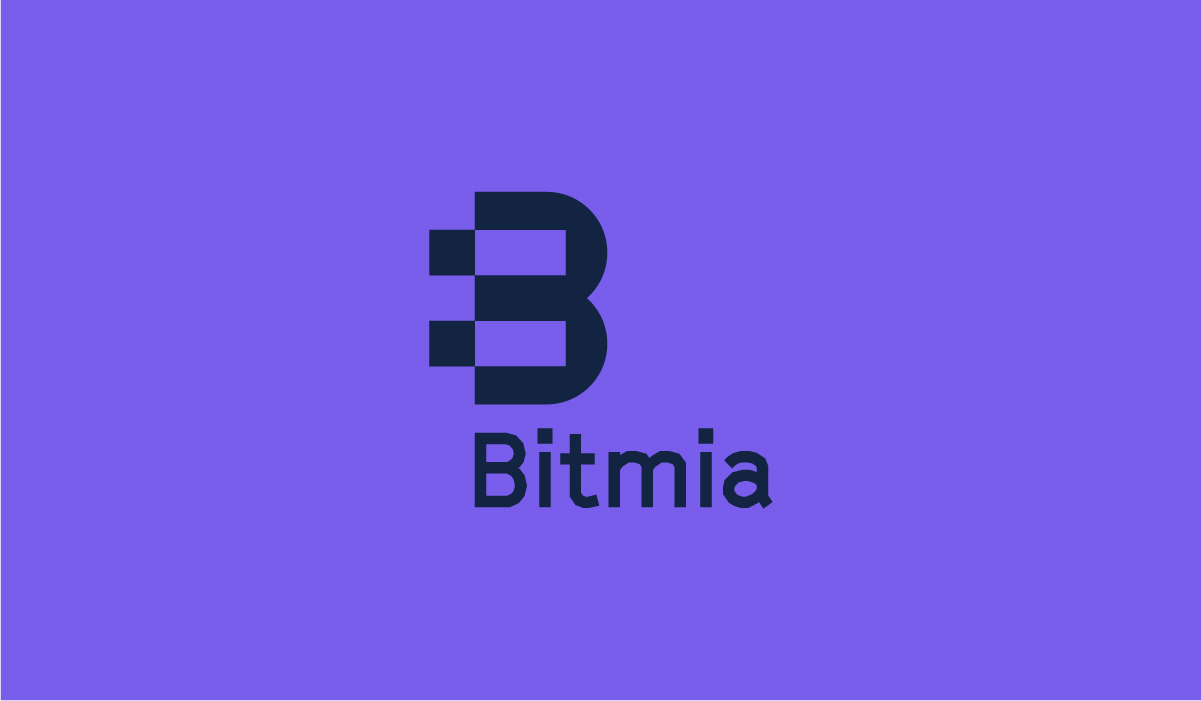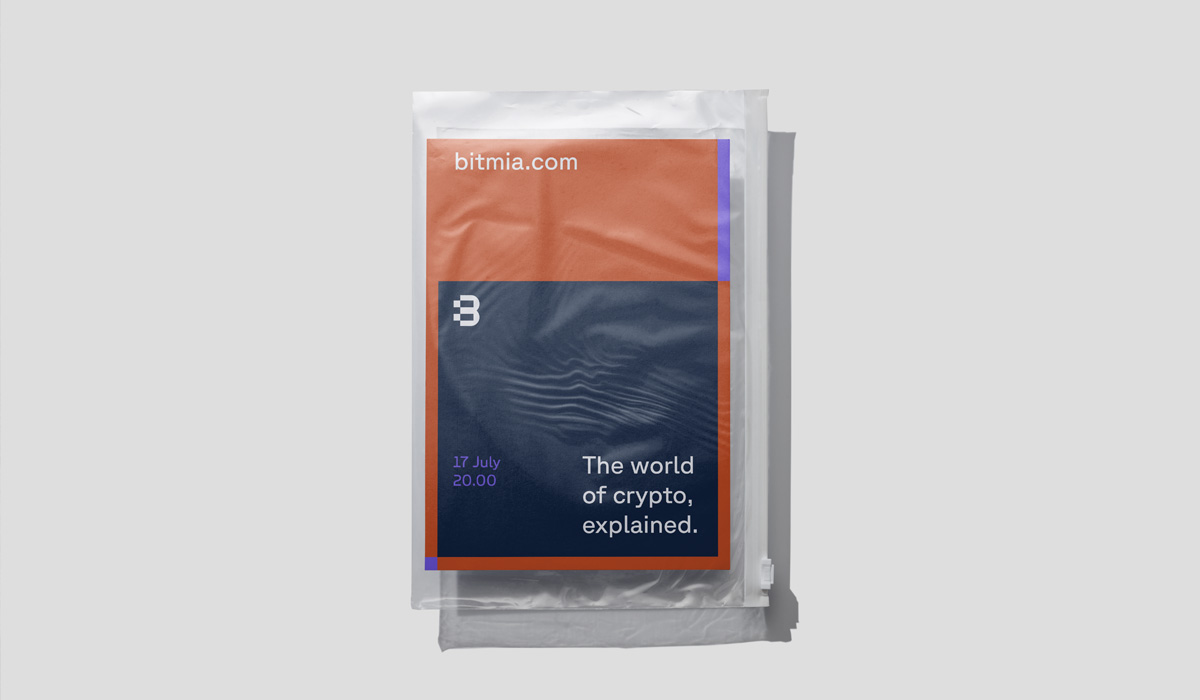









Think Bitcoin newsletter, podcast, lightning app, blockchain explorer, anything Bitcoin related.
Good news, we couldn't find "Bitmia" in the USPTO trademark database. You will be able to register a trademark for this name in the USA. Check our FAQs for more information.
| bitmia.com Includes domain name and logo | $995 |
| Total | $995 |
or
| bitmia.com Includes domain name and logo | $92/mo |
| First installment | $92 |